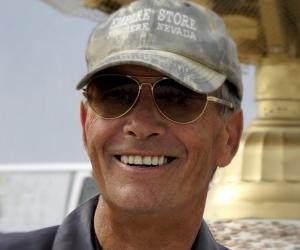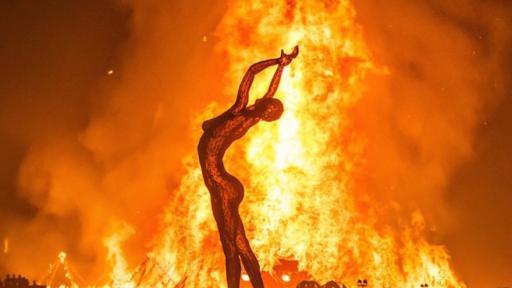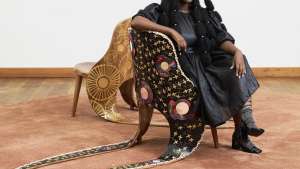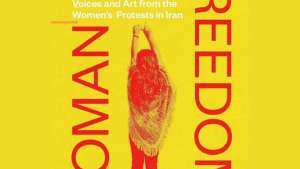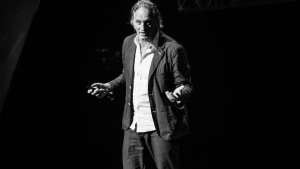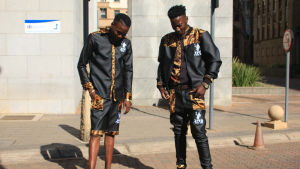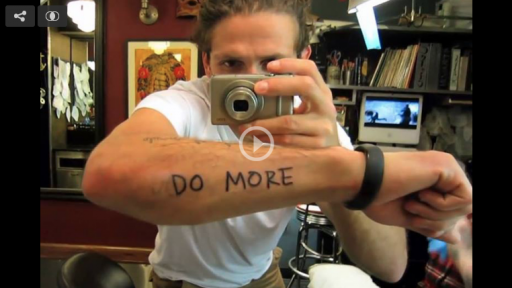One impulsive afternoon in 1986 a group of bohemians burned an effigy of a man on a beach in San Francisco. At the centre of this circle of "burners" was Larry Harvey, the annual festival's founder and now the chief philosophic officer. The number of burners who will turn up to the event this year in the featureless California desert has now grown from that original intimate circle to over 70 000.
“We turned a scene into a city,” says Harvey of Burning Man’s temporary municipality Black Rock City, which has street signs, newspapers and its own set of guiding princibles. “It’s been going on for 28 years. There aren’t many scenes that last that long.”
During the week long festival a new order (disorder?) prevails. No currency is exchanged, no artwork is signed, everything is “gifted” and all bets are off. The majority of the art at the festival is interactive, sometimes involving huge teams and wild, crowdfunded budgets, which helps produce an atmosphere of social creation.
“We live in a terribly over mediated world,” says Harvey. “The thing about Burning Man is it takes the middle out of everything, with no mediating process or explanation. We take the middle out of economics.”
Burning communities now exist in 50 countries, across six continents, including the Afrikaburn in South Africa's Karoo. Harvey passed away in April 2018.
More on the Design Indaba Conference
Morag Myerscough on transforming spaces with colour and embracing the unknown
Edel Rodriguez on childhood, nationalism and a nation on fire
Sunu Gonera on finding his voice, afrofuturism and making heroes out of ordinary people

